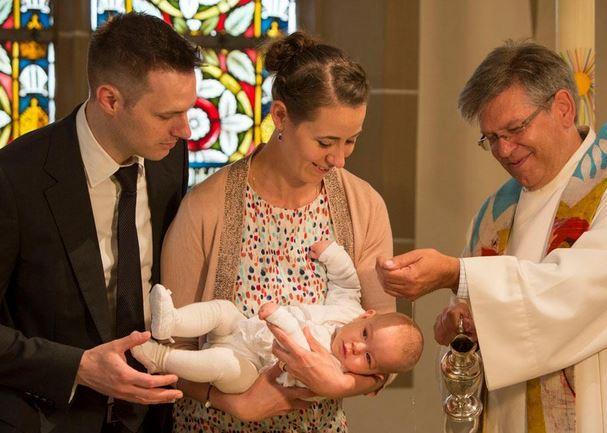Baptism

💧 What Is Baptism?
Baptism is a ritual of purification, initiation, and transformation found primarily in Christianity, but with echoes in other spiritual traditions as well. At its core, it represents a rebirth, a washing away of the old self, and a welcome into a new spiritual identity.
✝️ In Christianity
🪷 Symbolism
-
Water = cleansing, renewal, the Holy Spirit
-
Death and rebirth = dying to sin and rising in Christ
-
Entry into the faith = often the first sacrament
🕊️ Key Types
-
Infant Baptism (common in Catholic, Orthodox, Anglican, and some Protestant churches)
-
Emphasizes grace and belonging from birth
-
-
Believer’s Baptism (common in Baptist, Pentecostal, and evangelical traditions)
-
Requires personal confession of faith first
-
-
Immersion vs. Sprinkling
-
Immersion (full-body dip) symbolizes full death and resurrection
-
Sprinkling or pouring is more symbolic and practical
-
🔄 Biblical Origins
-
Rooted in Jewish purification rituals
-
Popularized by John the Baptist, who baptized Jesus in the Jordan River
-
Jesus later commanded baptism as part of discipleship (Matthew 28:19)
🌌 Mystical or Spiritual View (Tauler, Eckhart, etc.)
Mystics like Johannes Tauler saw baptism not just as an external ritual, but as a symbol of the soul’s inner journey:
-
The "true baptism" happens when the soul becomes empty of ego and open to divine union.
-
It marks the inner transformation where the Divine is “born” in the soul.
-
Tauler might emphasize a continual, inner baptism—a daily dying to self and being made new in God.
🪄 In Other Traditions
While not always called "baptism," many spiritual systems use water rituals:
-
Hinduism – sacred river immersions (esp. Ganges) for purification
-
Islam – ritual ablutions (wudu) before prayer
-
Mystery cults (like Mithraism) – initiation with symbolic washing
-
Modern spirituality – people may use ritual baths for emotional or energetic cleansing

